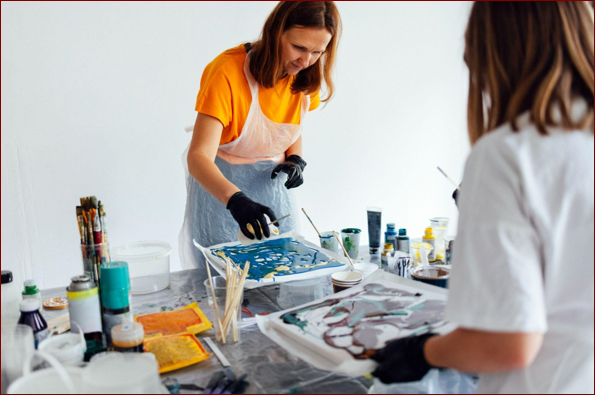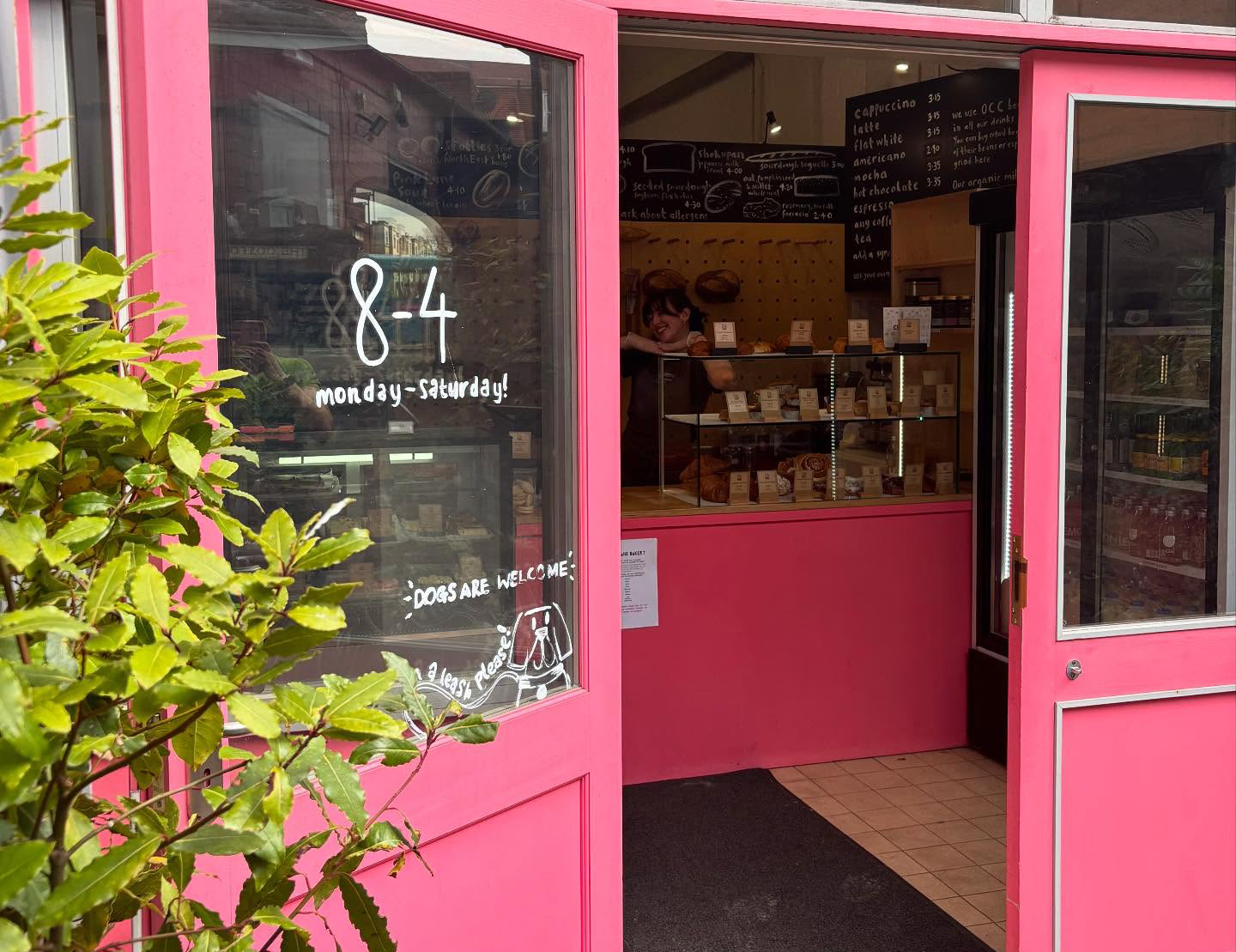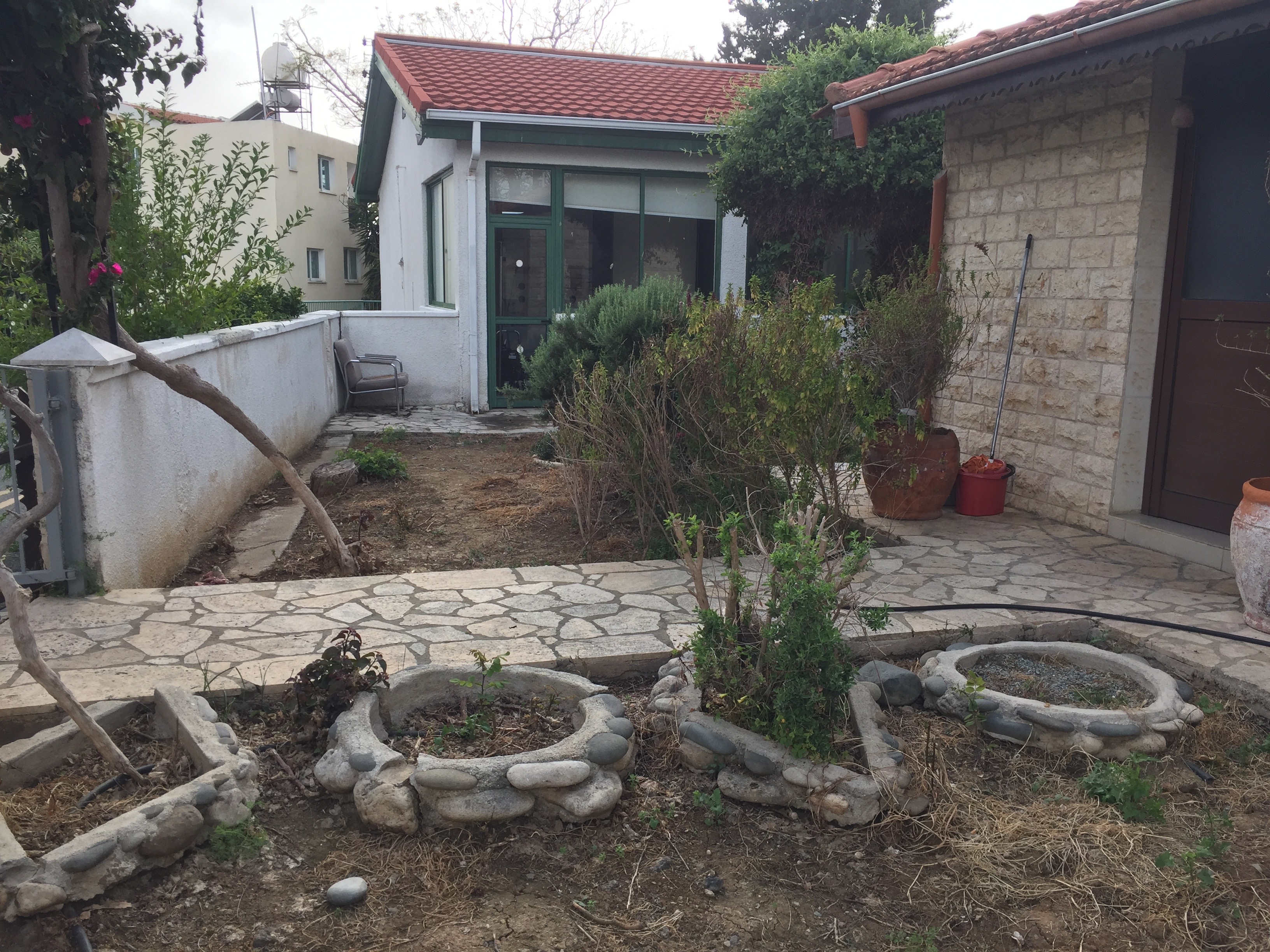Walk into almost any gallery in a random city around the world these days and you’ll notice it: shimmering surfaces, glossy waves of color, jewelry that seems to trap sunlight inside. The secret isn’t a new paint or precious stone, but epoxy. A material once associated with boatyards and workshops has made its way into the studios of painters, sculptors, and DIY enthusiasts.
What’s interesting is how universal this shift feels. In Cyprus, artists are using epoxy to capture the shades of the Mediterranean. In Amsterdam, designers pour it into bold, experimental furniture. Somehow, the same resin speaks a different language depending on who’s holding the brush — or the mold.
Why epoxy has captured artists’ imaginations
There’s a reason epoxy suddenly feels everywhere. It’s versatile in a way few materials are. Add pigment and you can pour liquid color that seems to glow from within. Layer it, and you get depth that tricks the eye, almost like looking into water. Pair it with wood or stone, and it turns everyday objects into pieces of design.
And unlike fragile paints or finishes, epoxy is stubborn. Sunlight, scratches, moisture — it resists them all. That means the art doesn’t just look striking today, it keeps its vibrancy for years.
Cyprus: resin that echoes the sea
Cyprus has long been a hub of artistic expression, from ancient mosaics to contemporary installations. And, on an island surrounded by turquoise waters, it’s no surprise epoxy has found a special place. In Nicosia and Limassol, weekend workshops are introducing people to resin art. Tables with “ocean pours” — blue and white epoxy that mimic breaking waves — are especially popular. Some jewelers have started sealing tiny shells or grains of sand inside resin pendants, a wearable memory of the beach.
For tourists, this kind of art is more than decoration. It’s a way to take home a piece of Cyprus that won’t fade or crumble. For locals, it’s a chance to merge tradition with something contemporary, adding a glossy twist to handmade craft.
Amsterdam: experimenting without limits
Amsterdam’s design scene has always been a playground for unusual materials, so it’s no wonder epoxy has taken off there. In converted warehouses and canal-side studios, makers are experimenting with bold resin furniture — coffee tables split by glowing “rivers,” bar counters with luminous swirls, even sculptural lighting pieces.
Jewelry designers in the city often take a more delicate approach, embedding dried flowers or metallic accents into translucent resin. The result feels modern but personal, a kind of art you can carry with you.
Where Cyprus leans into nature and memory, Amsterdam’s take is more experimental, blending functionality with flair.
From kitchen tables to gallery walls
One of epoxy’s biggest strengths? You don’t need to be a professional to try it. Across Europe, hobbyists are pouring resin into small molds to make coasters, trays, or earrings. Others are bold enough to tackle bigger projects, like casting a dining table top.
The process is surprisingly straightforward: mix, pour, let it cure. Of course, the right materials matter — high-quality epoxy designed for art ensures clarity and safety. With so many suppliers now catering to creatives, beginners can dive in without worrying they’re using the wrong product.
What starts as a casual DIY project often becomes addictive. Many of today’s resin artists began with a single set of molds and ended up selling pieces at markets or online.
A look ahead: will the trend last?
Every art trend has its moment, but epoxy doesn’t seem to be fading. If anything, it’s evolving. Sustainability is one reason: many epoxy projects are about breathing new life into old wood or salvaged materials. That makes the art both beautiful and practical, which feels right in today’s climate-conscious world.
Another reason is simply the joy factor. There’s something mesmerizing about working with resin — watching pigments swirl, waiting for it to harden, peeling back a mold to reveal something glossy and unexpected. That kind of process keeps people hooked.
A material that connects
From Nicosia’s sunlit studios to Amsterdam’s buzzing design labs, epoxy is becoming a common language among artists. It’s a material that captures water, light, and memory, yet also points toward modern design and innovation.
For some, it’s a hobby at the kitchen table. For others, it’s the centerpiece of a gallery exhibition. Either way, epoxy has escaped the factory floor and claimed its place in the art world. And for anyone tempted to try — all it takes is resin, a bit of imagination, and the willingness to see what happens when liquid color meets creativity.







Click here to change your cookie preferences